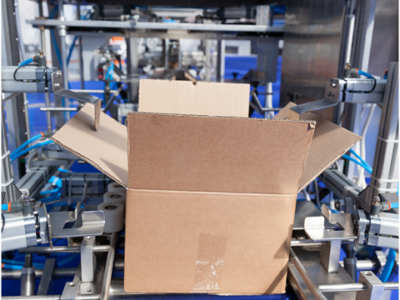When shipping heavy gear, it’s critical to minimise costs without sacrificing effectiveness and safety. Important steps in this procedure include packaging heavy machinery and machinery. Businesses may enhance their shipping operations and streamline logistics by implementing sensible measures and efficient tactics. Below are vital tips and strategies to reduce shipping costs for heavy machinery:
1. Optimise Packaging Materials and Techniques
Shipping machinery at a reasonable cost starts with effective packing. Adequate protection during transit is ensured by using the appropriate packaging materials, such as premium crates, pallets, and cushioning materials. To avoid wastage of space and save shipment volume, heavy machinery packing should be customised to the exact dimensions and weight of the equipment, hence reducing transportation expenses.
2. Consolidate Shipments
Heavy machinery shipping can be considerably lowered by consolidating shipments wherever it is practical. By consolidating several orders into a single shipment, companies can take advantage of economies of scale and bargain with carriers for more affordable freight rates. Planning and coordination are crucial to maximising effectiveness, cutting down on travel times, and lowering the cost of individual shipments.
3. Explore Alternative Transportation Modes
For the export of heavy gear, looking into alternatives to typical trucking can result in cost savings. For long-distance transportation, rail transport, for example, can be a reasonably priced choice, particularly for large or overweight equipment. Businesses can optimise their shipping tactics while saving prices by comparing rates across different forms of transportation and diversifying their means of transportation.
4. Implement Lean Packaging Practices
Reducing waste and maximising resources are the main goals of lean packaging techniques during the packaging and shipping phases. Businesses can save costs while preserving product integrity by implementing lean principles, such as reducing unnecessary packaging materials and optimising container sizes. Continuous improvement and cost optimisation are made possible by routinely reviewing and auditing packaging operations.
5. Negotiate Favourable Freight Rates
To cut heavy machinery transportation costs, shipping carriers must negotiate attractive freight rates. Developing enduring connections with dependable shipping companies and capitalising on shipment volume might result in reduced prices and privileged handling. Companies must aggressively negotiate contracts and look for ways to change rates in response to shifting shipment volumes and market conditions.
6. Invest in Technology and Automation
Purchasing automation and technological solutions can expedite shipping procedures and lower the overhead costs related to moving large machines. Real-time shipment tracking, optimal route planning, and reduced transit times are made possible by the use of sophisticated tracking and logistics software. Documentation and paperwork automation systems also reduce labour expenses and increase productivity by streamlining administrative processes.
7. Conduct Regular Performance Reviews
Finding areas for cost savings and resolving inefficiencies requires regular performance reviews of shipping procedures and carriers. By scrutinising crucial performance metrics like delivery precision, transit durations, and freight expenses, companies can pinpoint opportunities for enhancement and execute remedial actions correspondingly. Through the adoption of a data-driven strategy for shipping management, companies can maximise savings and improve overall operational effectiveness.
8. Leverage Supply Chain Collaboration
Working together with manufacturers, suppliers, and logistics partners can result in potential cost savings through the supply chain. Businesses can minimise storage and holding expenses and optimise inventory levels by promoting open communication and exchanging production schedules and predictions. Logistics operations can be streamlined and transportation costs reduced by grouping orders and working with partners to organise shipping times. Adopting a cooperative supply chain management strategy increases productivity and lowers costs for shipping large gear.

Conclusion
Lowering the cost of transporting large equipment necessitates a calculated strategy that includes effective logistics management, heavy machinery packaging, and machinery packing. Businesses can achieve significant cost savings while guaranteeing the reliable and timely delivery of heavy machinery by optimising packaging materials and techniques, consolidating shipments, investigating alternative modes of transportation, implementing lean packaging practices, negotiating favourable freight rates, investing in technology and automation, and conducting regular performance reviews. Businesses can improve their competitiveness and promote sustainable growth in the ever-changing heavy machinery transportation market by adopting these tactics. Contact Sin Chew Woodpaq today for more information.














Comments